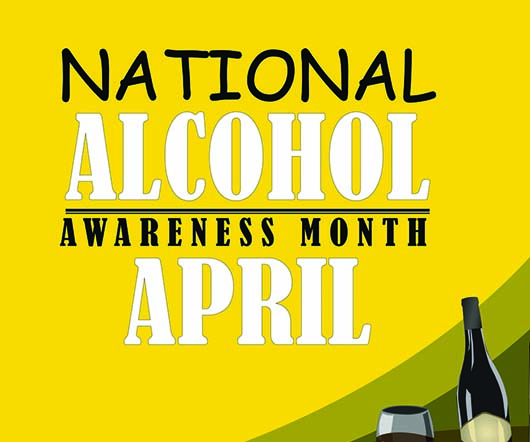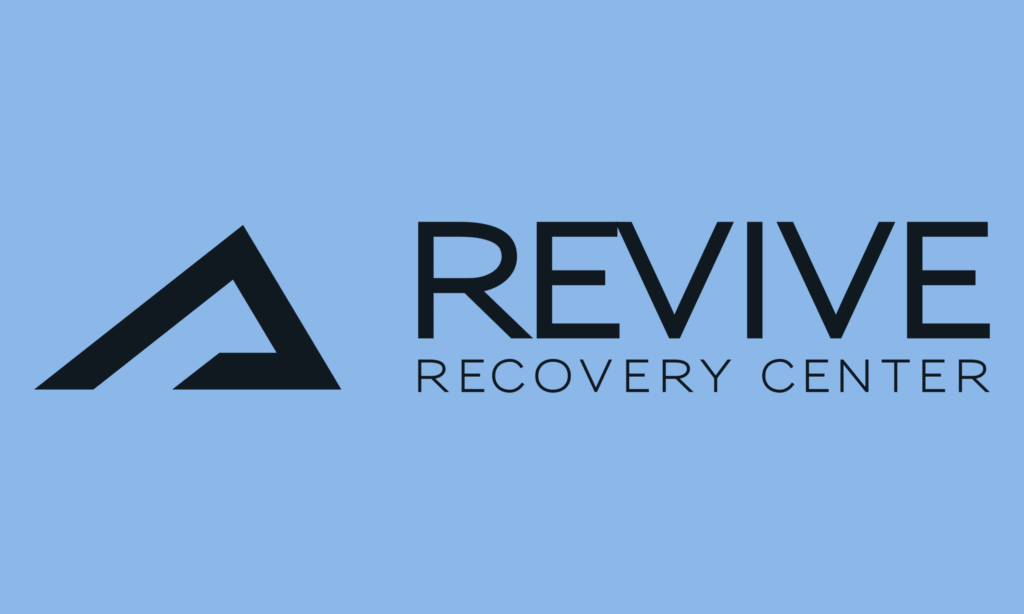By Jim Kreitler, CEO, Calvary Addiction Recovery Center Addiction Treatment and Insurance: A Troubled Relationship! They don’t trust us and we don’t trust them! And yet the vast majority of...
By Jim Kreitler, CEO, Calvary Addiction Recovery Center
 Addiction Treatment and Insurance: A Troubled Relationship!
Addiction Treatment and Insurance: A Troubled Relationship!
They don’t trust us and we don’t trust them! And yet the vast majority of people seeking help at private addiction treatment centers use their insurance to access care. Insurance companies are dealing with an avalanche of abuse and fraud. Treatment centers and patients are feeling the restriction of approvals of benefits people have paid for and deserve.
Something has to give, but if the addiction treatment community is not careful, that change will be thrust upon us in ways we will not like. Imagine plans with no out-of-network addiction benefits at all, and the power that gives insurance companies to force low rates for contracted providers. This could lead t
o many programs shutting down, reducing the availability of care in the midst of the opiate epidemic!
First let’s discuss the types of insurance and the issues that are becoming problematic.
In-Network vs Out-of-Network
Most, but not all, plans have both in-network and out-of-network benefits. There are important differences the public and referring entities must understand. It is possible to operate legally and appropriately as in or out-of-network, but the differences must be explained and understood by the patient to make an informed decision.
In-network providers have discounted their rates in return for being contracted as in-network to plan members. The advantage for plan members is significantly reduced patient out-of-pocket cost and confidence that the insurance company has qualified the program as properly licensed, accredited and free of claims of malfeasance.
In-network plans may have a co-pay of $20 for an office visit or $150 to $500 admission fee for a stay in inpatient. PPO plans have a split, with 80/20 being the most common. Insurance pays 80% and the patient pays 20% until a maximum out-of-pocket is reached. If a plan has a $5000 max, care is covered at 100% after the patient pays that amount.
Out-of-network providers are not limited in what they can charge, provided they attempt to collect the difference between what is paid by insurance and what is billed. Most plans pay at a much lower percent; typically 50%, and have a higher out-of-pocket limit. Obviously insurance payers prefer the discounted rates of in network providers. They complain about fraudulently inflated billing with no serious attempt to collect from patients. Their audits have led to large dollar recoveries backed by the threat of legal action for insurance fraud.
How it Should Work
In-network cost control is achieved through contracting of discounted rates. Out-of-network control of unnecessary care and overbilling is dependent on collection of patient responsibility. If I want to continue to see my long term primary care physician I should have that right. Because I am paying 50% I won’t go more than necessary and if he charges an outrageous amount, I will switch to an in-network doctor.
Many self-pay programs now accept out-of-network insurance. A program that costs $50k self-pay may now collect $25k from insurance and $25k from the patient. A high level of care and amenities is provided and well to-do persons have an increased choice of treatment programs. The system works in this situation or wherever the patient responsibility is considered and collected.
When it Becomes Troublesome
Certain programs have determined that they can overcharge for services provided and not collect anything from patients in violation of insurance fraud statutes. Thomas Force, a licensed attorney and ERISA litigator, says in his seminar The Balance Billing Requirement – Why Out-of- Network Providers Must Balance Bill Their Patients, “If you’re waiving fees, if you’re waiving co-insurances or agreeing to accept the insurance as payment in full . . . you’re committing insurance fraud in most state jurisdictions.”
In some cases the overbilling is so high it can also pay for the sober living and the program is unethically marketed as “residential treatment.” Insurance may audit for this also. Certain insurance companies are refusing to verify out-of-network benefits unless they speak to the member and he agrees he has been notified that it will cost more and the provider is required to balance bill the charges.
Urine Screens becomes Liquid Gold
Testing patients with urine drug screens to determine compliance and sobriety is clinically indicated and ensures safety for the group and program. But in an extreme and distorted example of unethical ingenuity, treatment providers or sober living operators have determined that overcharging for frequent testing of a person’s urine can create, excuse the pun, an income stream second to none!
The system was perfected in Florida but has migrated to Arizona. This is how it works: A program does urine testing and for what may be worth $50 — charges insurance $1,500. And they may test 3 times a week or in the worst cases 7 days a week. My Palm Beach Post reports about addiction treatment providers and sober living operators
“Owners scraped by. It was, said one person close to the industry, doing “God’s work.”
That began changing when some realized insurance companies would pay big bucks for urine testing. At first, money from urine testing was just a means to make ends meet. But as time went on, and the cash started rolling in, it became a financial linchpin — and now, a gold mine.
Urine testing is a staple of rehab, a fast way to both track relapse and gauge use of prescribed drugs.
It’s also cheap. Corner drug stores sell $25 tests that will immediately indicate the presence of a wide array of drugs.
Over the past few years, though, some treatment centers, sober homes and their affiliated labs have charged hundreds of dollars for a similar test. One routinely charged a reported $1,500.”
This led to the FBI getting involved in some high profile raids in Florida and some major lawsuits by insurance companies. One way programs tried to hide the scheme was to buy “shares” in test labs and then collect dividends on the volume of urine they sent for testing. United Health Care has filed a $50 million lawsuit against Skye Toxicology for this practice, named 20 major defendants and lists 150 unnamed co-conspirators. I cannot speak to the merits of the lawsuit, but it is likely some of the unnamed programs are operating in AZ. Julie Miller Editor in Chief of Behavioral Healthcare Magazine 2 writes “Elements Behavioral Health is claimed to have the largest stake of the investments among those named, holding 20 limited partnership shares, resulting in $600,000 in payments per month, according to the language in the lawsuit.”
Insurance Companies are not Angels
On the other side of the coin are insurers who deny care for persons who clearly meet medical necessity, or retroactively terminate plans or agreements to pay after authorization has been given and expensive care provided. The recent freezing of payments in Arizona by Healthnet affected good and bad programs. Insurance companies are massive for-profit companies publicly traded on Wall Street. Do they sometimes place profit before patient care? You’re darn tootin! Do they dance around the requirements of the Federal Parity Act which requires addiction and mental health benefits are provided on par with medical benefits? Why hell yes!
In a recent court case, Cigna vs Humble, a Texas court awarded $13M to the provider in a suit over balance billing. The case is expected to reset the expectations of balance billing and charity qualification but mainly served to chastise the insurance company for overplaying their hand when withholding claim payments. This is good news for out-of-network providers.
Conclusion
Insurance coverage with substance use disorder benefits is an important factor in addicted people getting the help they need. There is a place for both in-network and out-of-network treatment providers. The relationship needs improvement from both sides or change will come in ways that could be painful — including lawsuits and law enforcement.
When referring clients the difference must be understood and explained to them. Out-of-network treatment when it provides amenities or services not available in-network is appropriate. The patient just needs to understand that as a rule it should cost them more or something is amiss.
I suggest we first look at our own practices. If we are operating in a way that is unethical and puts us at risk of reprisal we must stop it. Join those of us forming coalitions to unite treatment centers as forces of ethical patient care and advocacy for accessible treatment. Once our side of the street is cleaner, our collective voice will carry more validity as we push to hold insurance companies responsible for their behavior!
1 Beall, Pat and Stapleton, Christine. “Addiction treatment bonanza: How urine tests rake in millions” MyPalmBeachPost.com., 14 Aug. 2015.
2 Miller, Julie “UnitedHealth names labs, treatment centers in federal fraud case.” Behavioral Healthcare, 2 May. 2016.


























